Joe Biden's trillion-dollar plan to rebuild America
The US infrastructure overhaul
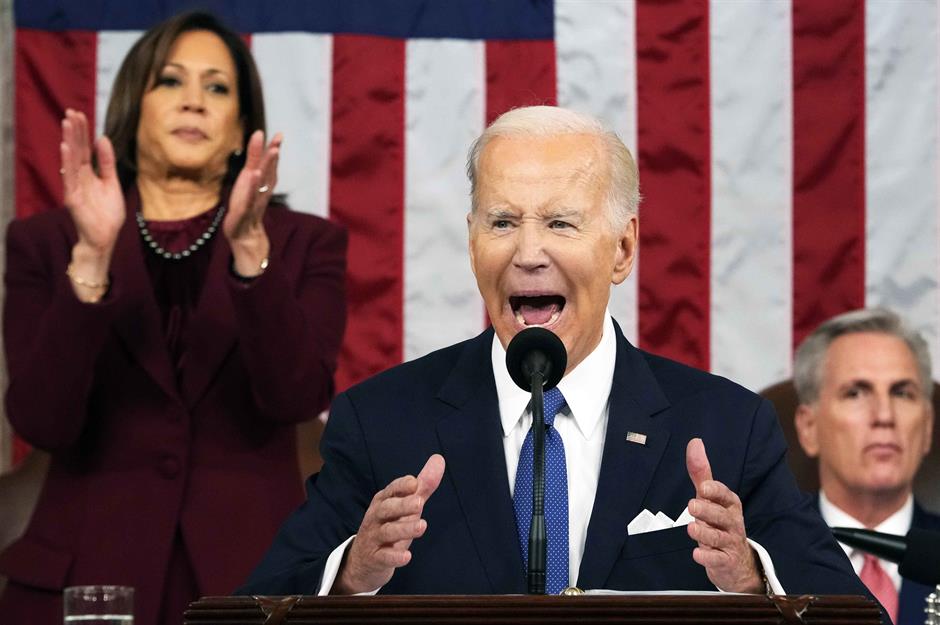
In his bullish State of the Union address, President Joe Biden promised to press ahead with a slew of proposals ranging from policing reform to confronting China, and to "finish the job" on the economy.
One cornerstone of Biden's presidency is his Infrastructure Investment and Jobs Act (IIJA), signed into law in November 2021, which aims to give the US a much-needed upgrade. Focused on the country's physical infrastructure, the $1.2 trillion package is funding everything from roads and sewage to broadband and electric vehicle charging networks.
Read on to find out what's in the super-ambitious plan.
A compromise
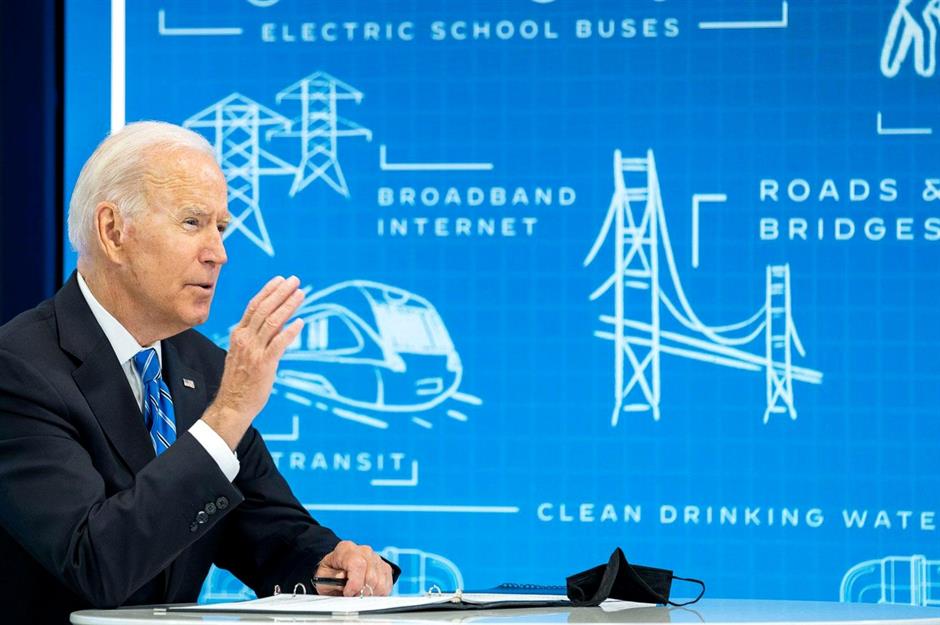
The result of months of drawn-out cross-party negotiation, the IIJA is a watered-down version of Biden's original proposal, which called for $2.3 trillion of funding.
Nevertheless, the $1.2 trillion plan that made it through Congress and was signed off by the president isn't to be sniffed at given its incredible scope and size. In fact, the legislation, which runs to 2,702 pages, greenlights the largest round of infrastructure spending for decades.
Grim grades

The US is certainly crying out for a top-to-toe revamp.
The country's infrastructure was rated C- back in 2021 by the American Society of Civil Engineers (ASCE), which conducts a comprehensive survey every four years.
While a marked improvement on 2017's D+ grade, C- is still pretty dismal. And the report concluded that a failure to invest could shave $10 trillion off the nation's GDP by 2039, as well as costing up to three million jobs.
Pricey plan
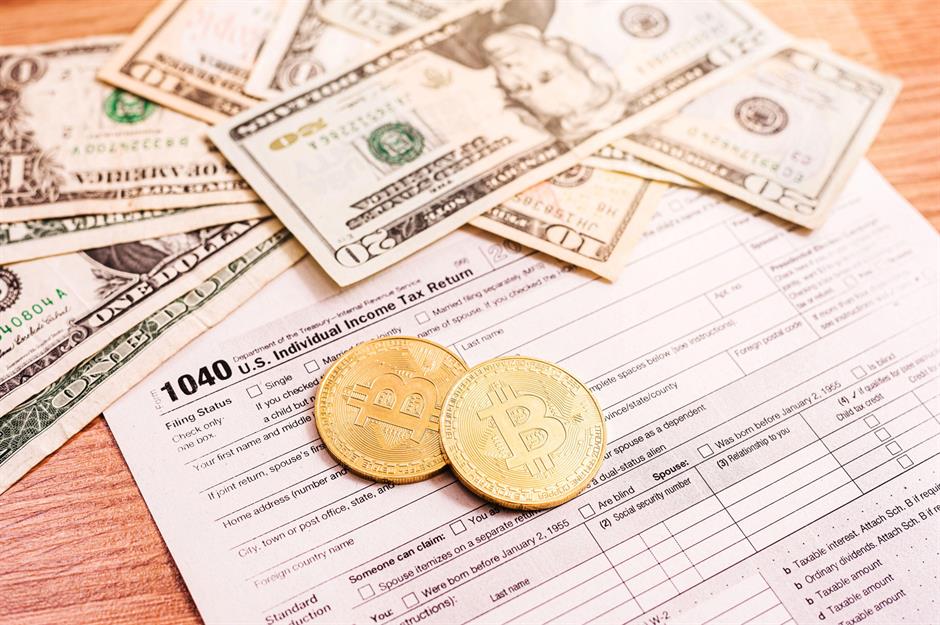
It was clear that something drastic had to be done, with the wide-ranging and expensive IIJA tipped by many to be the answer.
Fortunately, the lion's share of the work is being paid for with unused COVID-19 relief money and revenue raised from a cryptocurrency tax crackdown, though the IIJA is forecast to add a hefty $256 billion to the budget deficit over the next decade.
Existing funding: $650 billion in total
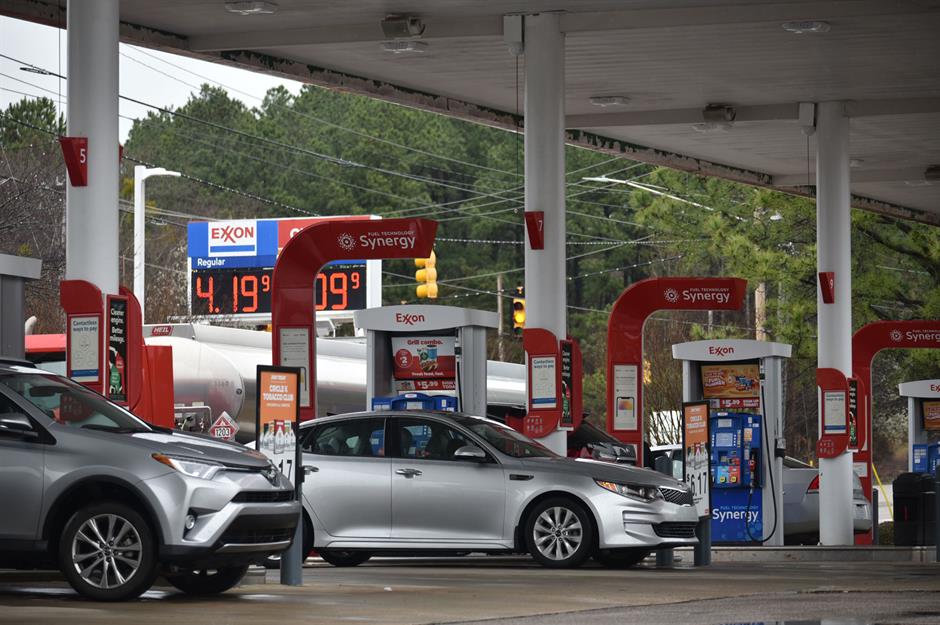
Out of the total $1.2 trillion funding that the IIJA is allocating, $650 billion is going towards already authorized maintenance and upgrades.
This funding, which is spread over 10 years, would have been available anyway as it's automatically raised by existing initiatives, like the gasoline tax.
New funding: $550 billion in total

The remaining $550 billion is the entirely new federal funding that the IIJA's backers believe will get America properly back on its feet and ready to face the challenges of the coming decades.
The new funding is being allocated over five years to projects that cover two key areas: transportation and core infrastructure.
Fixing transport infrastructure: $284 billion of the $550 billion new funding
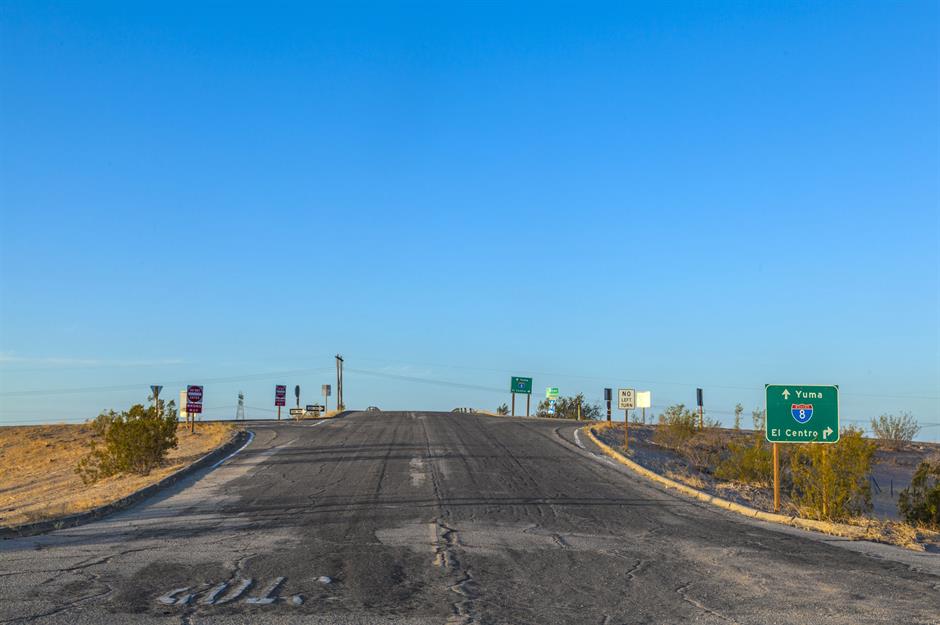
Around half of the funding – $284 billion – has been earmarked for renewing the nation's transportation infrastructure, which encompasses roads and bridges, railroads, airports and public transit, and isn't in the best shape.
The country's public transit garnered the worst grade on the ASCE's 2021 Report Card, scraping by with a measly D-. Roads scored almost as poorly, with a shocking 43% of them deemed to be in "mediocre" or "poor" condition.
Roads, bridges and major projects: $110 billion
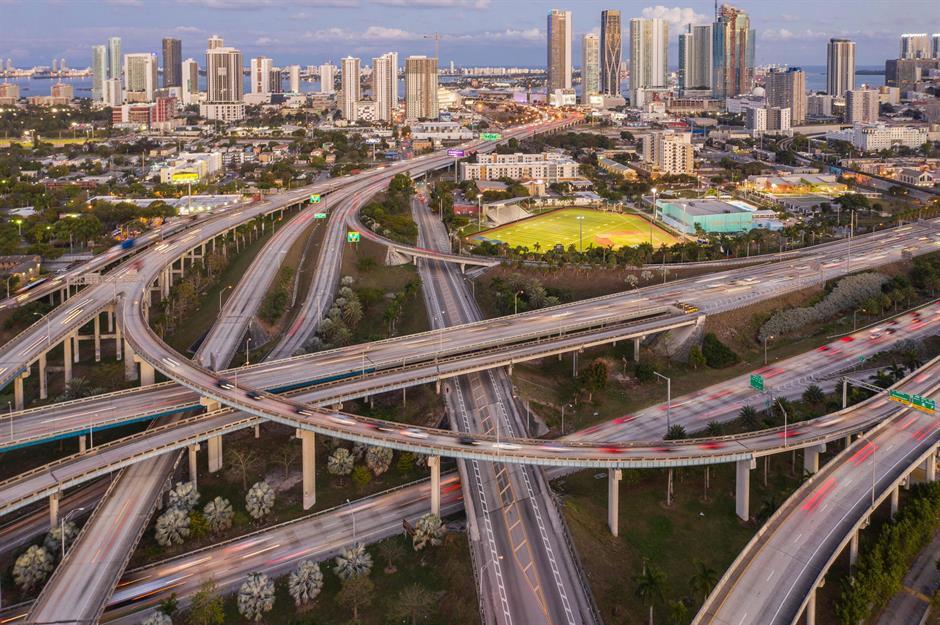
Unsurprisingly, the biggest slice of the $284 billion transportation funding pie is being allocated to roads, bridges, and major projects. In total $110 billion has been earmarked for this category.
This includes $40 billion for the Bridge Investment Program. The largest investment of its kind since the creation of the Interstate Highway System in 1956, the program is expected to repair or replace 15,000 highway bridges.
In this year's State of the Union address, Biden touted a plan to use only made-in-America construction supplies for federal projects such as this.
Roads, bridges and major projects: $110 billion
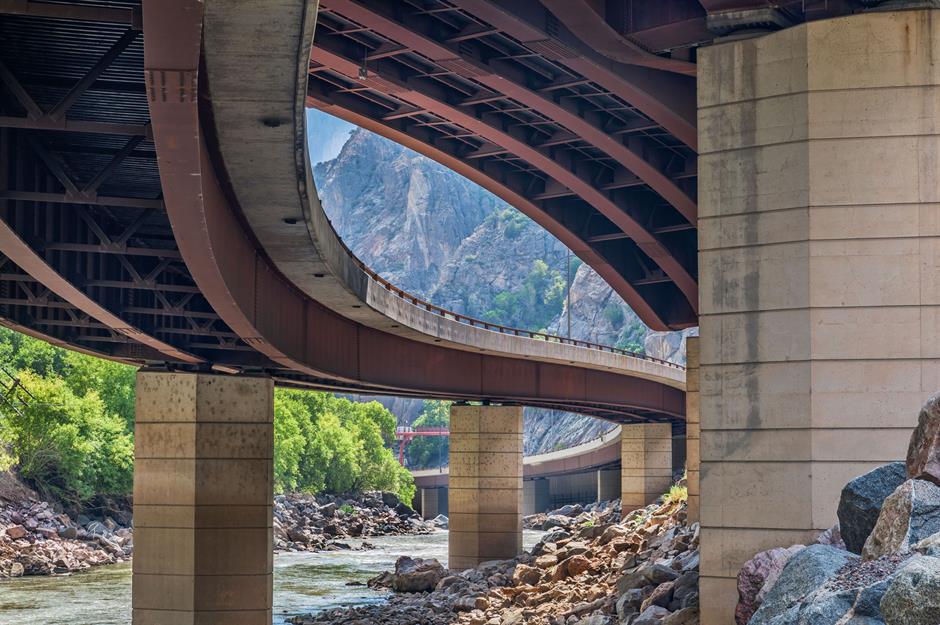
The allocation also comprises $16 billion to bankroll major projects that are too extensive for existing funding programs, as well as $2 billion specifically for rural road and bridge networks.
All sorts of projects, both large and small, are benefiting from the hugely generous funding boost.
Roads, bridges and major projects: $110 billion

Among them are a $100 million overhaul of the I-70 mountain corridor in Colorado and four new highway bridges in Wisconsin that will cost $80 million.
Also on the agenda is a $127 million replacement for Cincinnati's Western Hills Viaduct (pictured), while a new four-lane toll road project in San Diego County near the Mexican border has received $150 million.
Passenger and freight rail: $66 billion
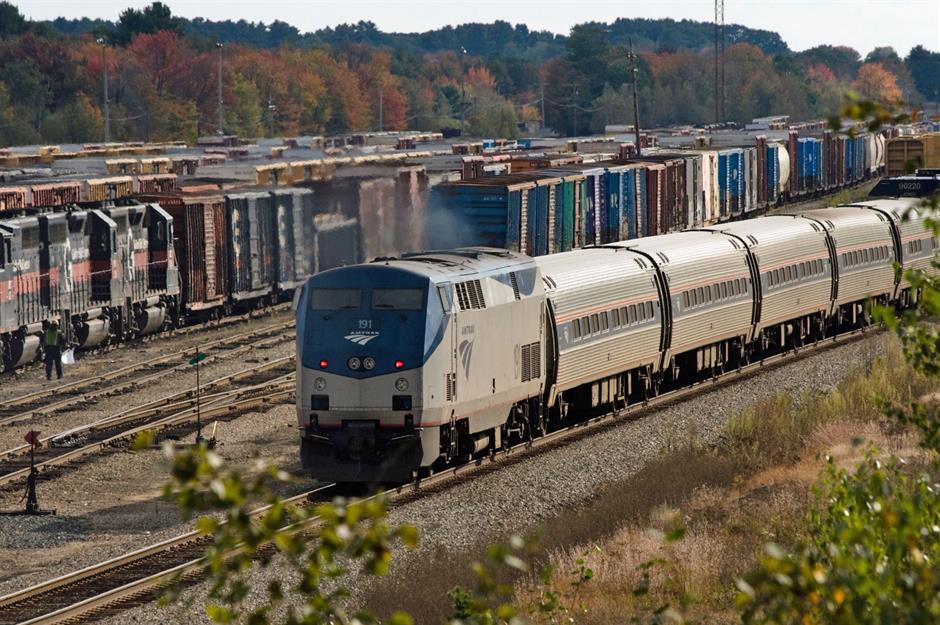
The next biggest chunk of the transportation allocation is going to passenger and freight rail projects, with Amtrak receiving $66 billion to revitalize America's tired rail network.
Around $44 billion of the total is earmarked for state grants and other rail projects. The remainder is being used for fleet acquisitions and upgrades.
Passenger and freight rail: $66 billion

The largest investment in Amtrak since its creation in 1971, the money is bankrolling a vast array of projects, including Amtrak Connects US, a 15-year sustainability-focused strategy that will link 160 unconnected communities to the rail service.
Various initiatives along the Northeast Corridor will also receive funding, as well as the likes of the Hudson Tunnel Project and new stations in DC and Boston.
Airports, ports and waterways: $42 billion

America's airports, ports, and waterways are also in line for a hefty $42 billion improvement package.
As President Biden has complained before, not one US airport ranks in the global top 25. In fact, several, including LaGuardia and Newark, have been slammed for their poor design, rundown facilities, and substandard amenities.
Airports, ports and waterways: $42 billion
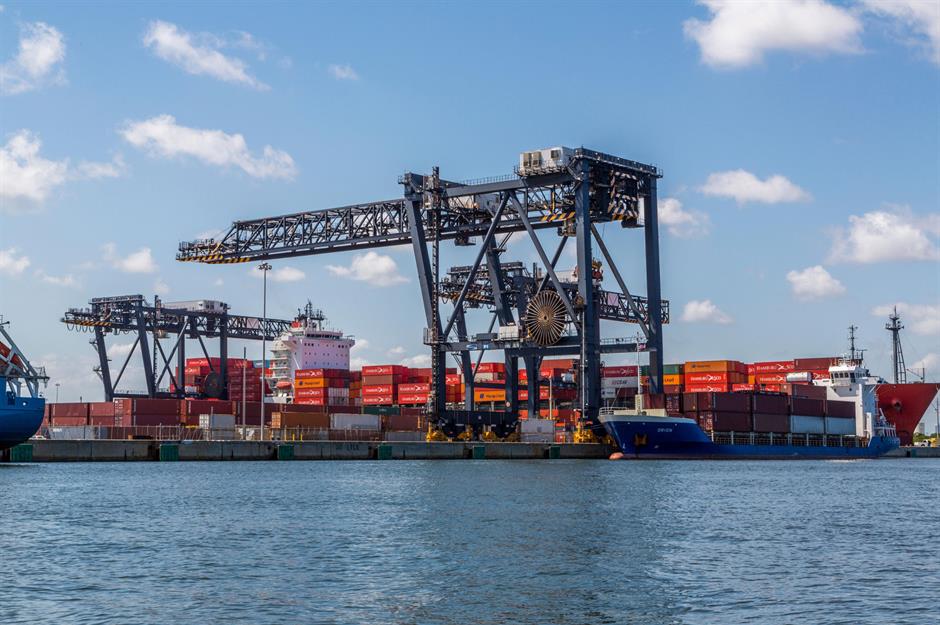
Work is already underway to update 85 airports across the country, with an announcement in July 2022 revealing that close to $1 billion would be spent on the project.
The nation's ports and waterways are also set to receive a bunch of enhancements, ensuring they'll be more resilient to climate change and shoring up America's supply chain infrastructure.
Public transit: $39 billion
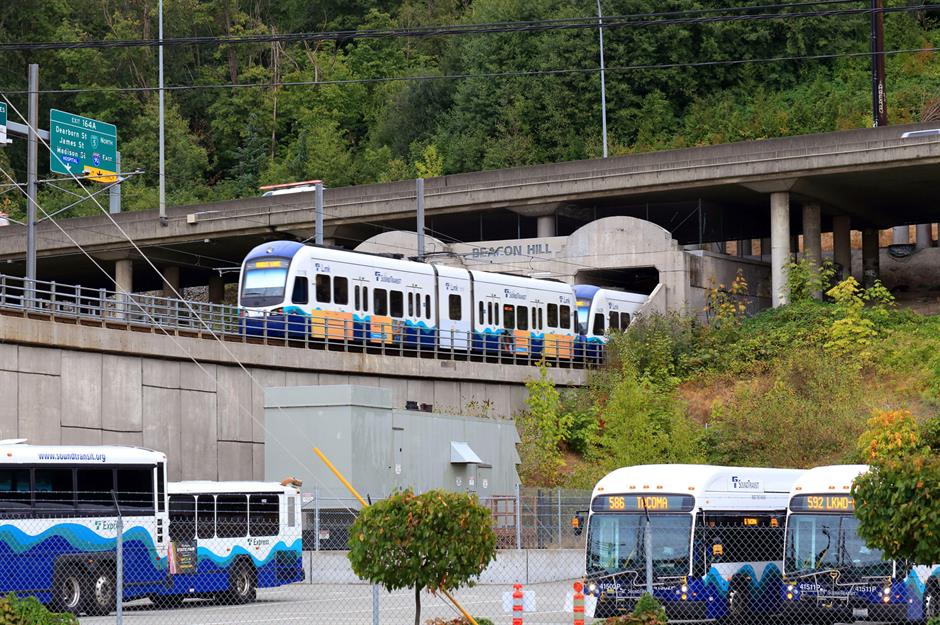
A total of $39 billion is being set aside for the nation's public transit systems, which scored particularly poorly on ASCE's 2021 Report Card.
The investment is being used to modernize and extend transit programs across America and make them greener. For example, $5.3 billion of the allocation is going towards replacing thousands of transit vehicles with zero-emission alternatives.
EV infrastructure, buses and transit: $15 billion
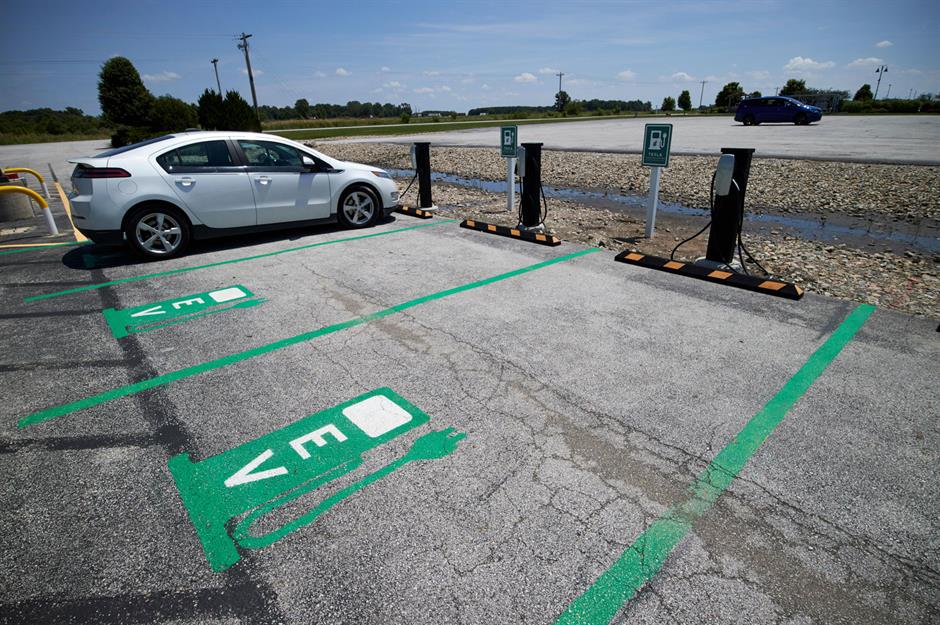
Breaking down the transportation allocation further, $15 billion is being spent on electric vehicle (EV) infrastructure, buses, and transit.
The first-ever national investment in EV infrastructure, the money is funding the development of a comprehensive EV charging network that will extend to rural and disadvantaged communities.
It's also helping to pay for the electrification of America's school buses and passenger ferries.
Safety: $11 billion
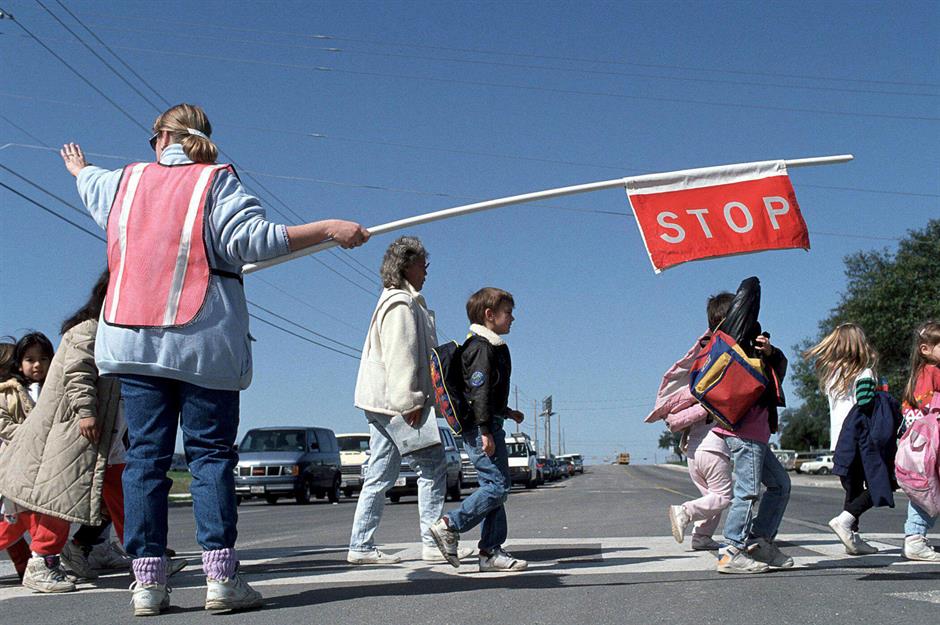
Improving safety is next, with an allocation of $11 billion.
With road deaths in the US reaching a 16-year high in 2021, the money is funding the Safe Streets and Roads for All program.
The initiative is working to reduce the number of community crashes and fatalities, along with other safety-related projects.
Reconnecting Communities program: $1 billion
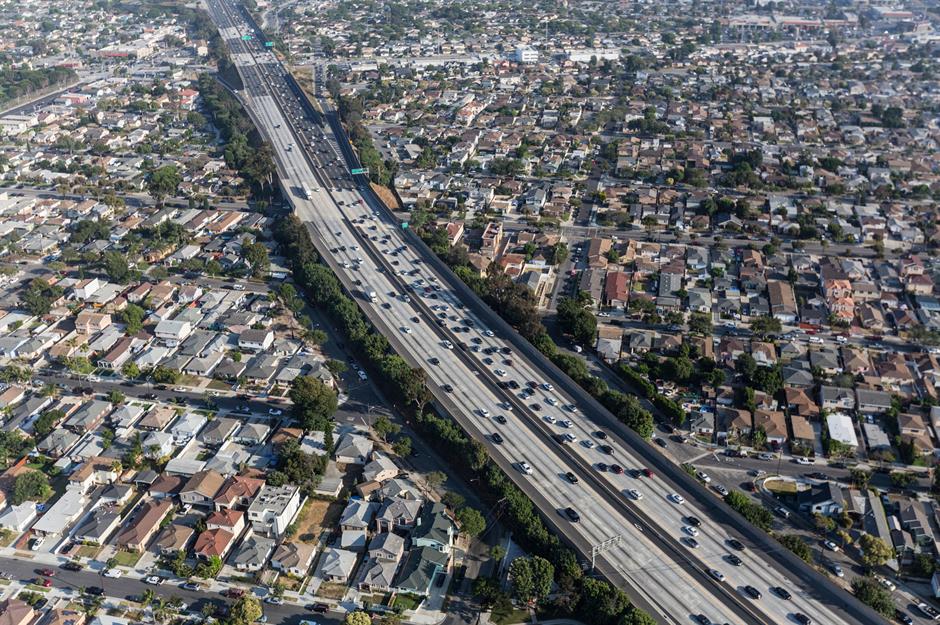
The remaining billion dollars that makes up the allocation for transportation infrastructure is being channeled into the Reconnecting Communities program.
Its aim is to restore the neighborhoods around the country that are afflicted with poorly placed highways, railroads, and other transportation infrastructure. The money is going into removing or reconfiguring the offending roads, tracks, and bridges.
Core infrastructure: $266 billion of the $550 billion new funding
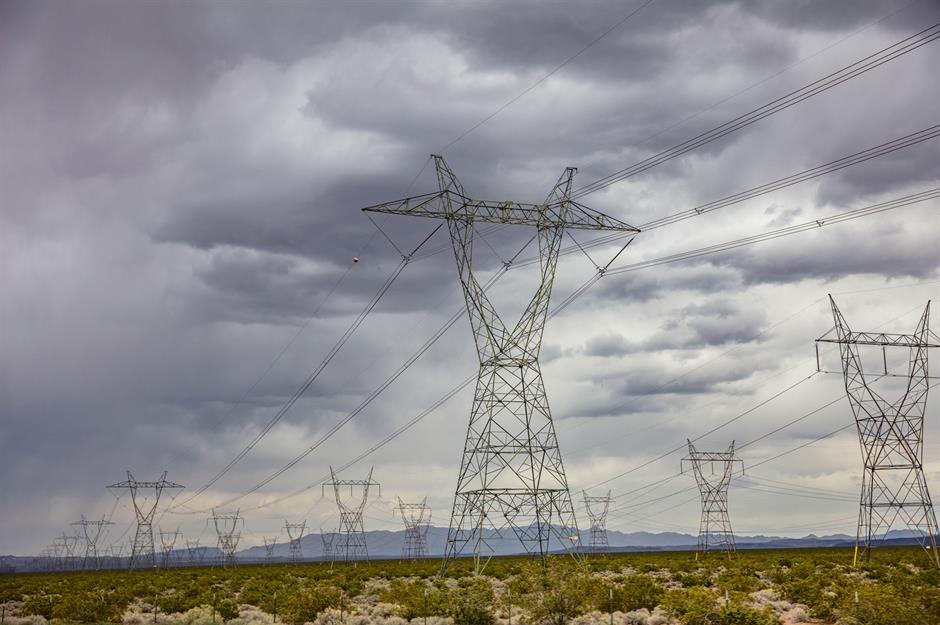
The other half of the new funding, $266 billion, is going towards core infrastructure.
This includes broadband, the electricity grid and water infrastructure, with more than 5,000 projects already receiving funding.
Power infrastructure and grid automation are receiving the biggest chunk of investment.
Over a five-year period ending in 2026, $73 billion is being put into upgrading America's electricity grid and power infrastructure.
This includes the installation of thousands of miles of high-voltage transmission lines right across the country, as well as $21.5 billion to fund clean-energy tech.
Power infrastructure and grid automation: $73 billion

This funding, which is the single largest federal investment in power transmission in history, is crucial.
As the US makes the changeover from fossil fuels to renewables, the demand on the electricity grid will rocket, so major network upgrades and additional transmission lines are absolutely essential.
Broadband: $65 billion
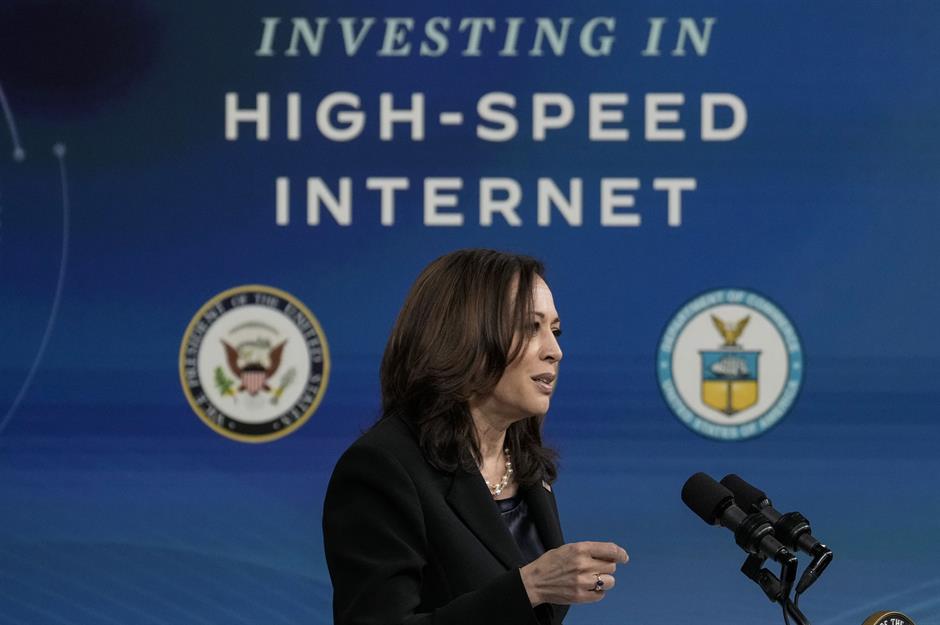
Getting as much of America as possible connected to high-speed internet networks, especially in rural and disadvantaged areas, is another key priority of the legislation.
A hefty $65 billion is being spent on this particular project, with $42.5 billion being allocated to states and territories to improve and expand their physical broadband infrastructure.
Broadband: $65 billion
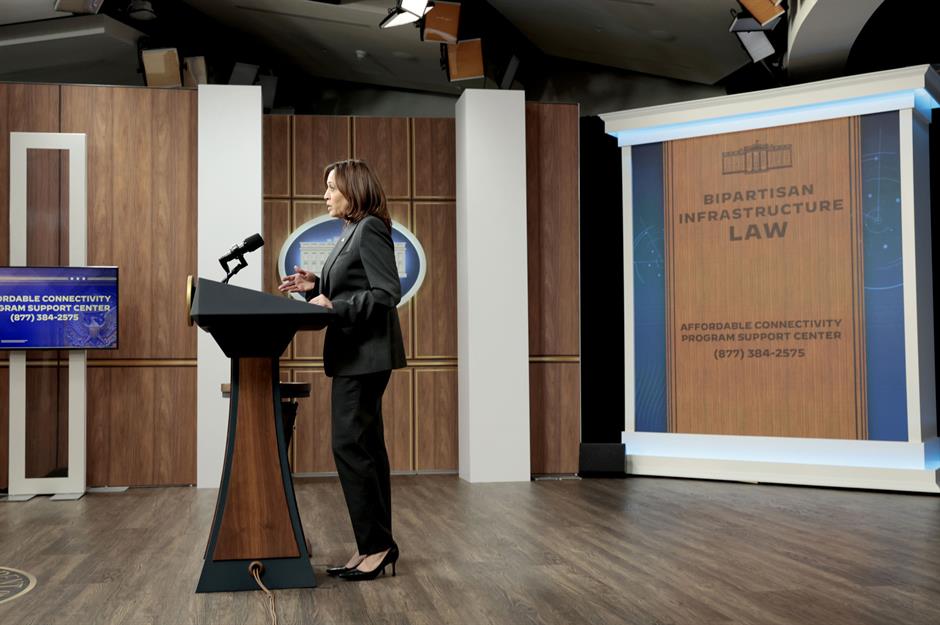
The rest of the broadband money is made up of funding for relevant programs and initiatives, while the bulk of the remainder will go into the Affordable Connectivity Fund.
Picking up from where the Emergency Broadband Benefit program (which was created during the pandemic) left off, the $14.2 billion initiative provides a monthly broadband discount of up to $30 for low-income families.
Water infrastructure: $55 billion
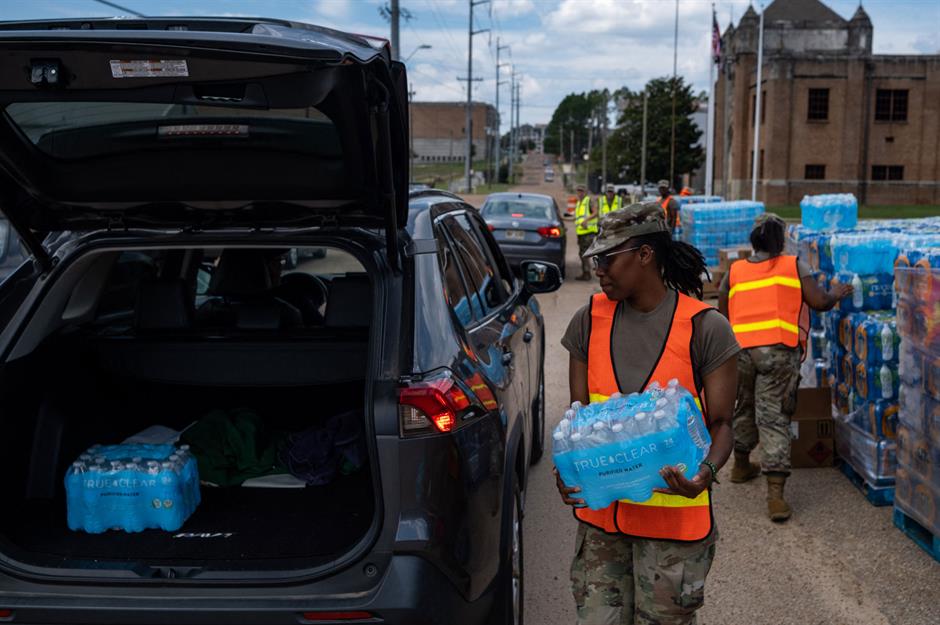
Summer 2022 saw the catastrophic collapse of the entire water system in Jackson, Mississippi. This brought to the fore the abysmal state of America's aging water infrastructure which, like the country's roads, bridges and railroads, has seen better days.
The IIJA has allocated $55 billion over the next five years to fix the multitude of issues.
Water infrastructure: $55 billion

Much of the money is covering low-cost financing for water infrastructure projects in communities around the nation.
To improve the quality and safety of drinking water across America, $19 billion in loans and grants has been freed up to eliminate lead piping once and for all and address PFAS contamination.
Other programs receiving funding range from water recycling schemes to climate change mitigation measures.
Environmental resiliency: $47 billion
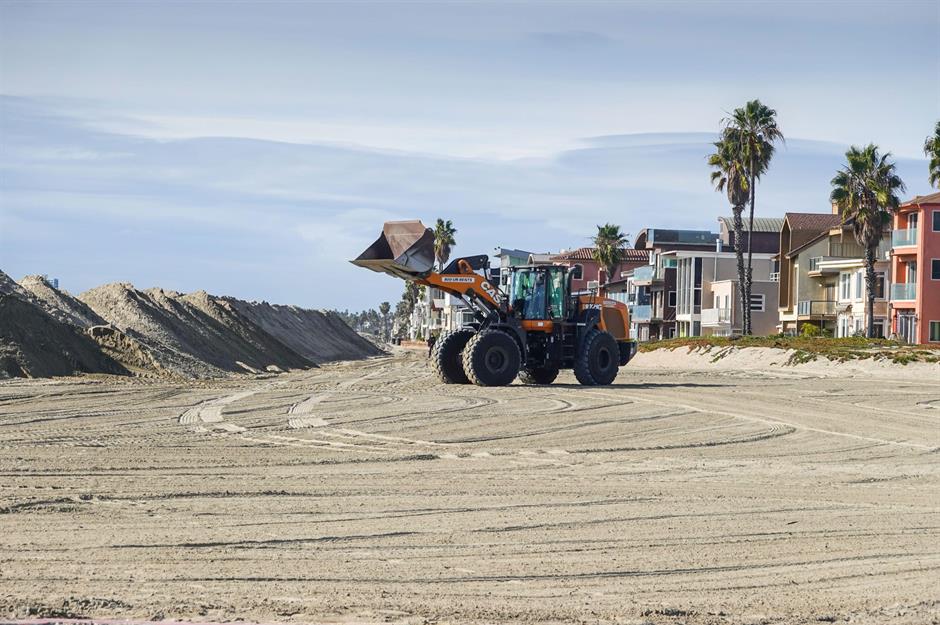
The authors of the IIJA consider climate change mitigation so important that they've allocated $47 billion to help prepare America's core infrastructure for the worst.
With hurricanes, wildfires, droughts, and other extreme weather-related phenomena becoming increasingly common, the extra funding is sadly all too necessary.
Environmental remediation: $21 billion
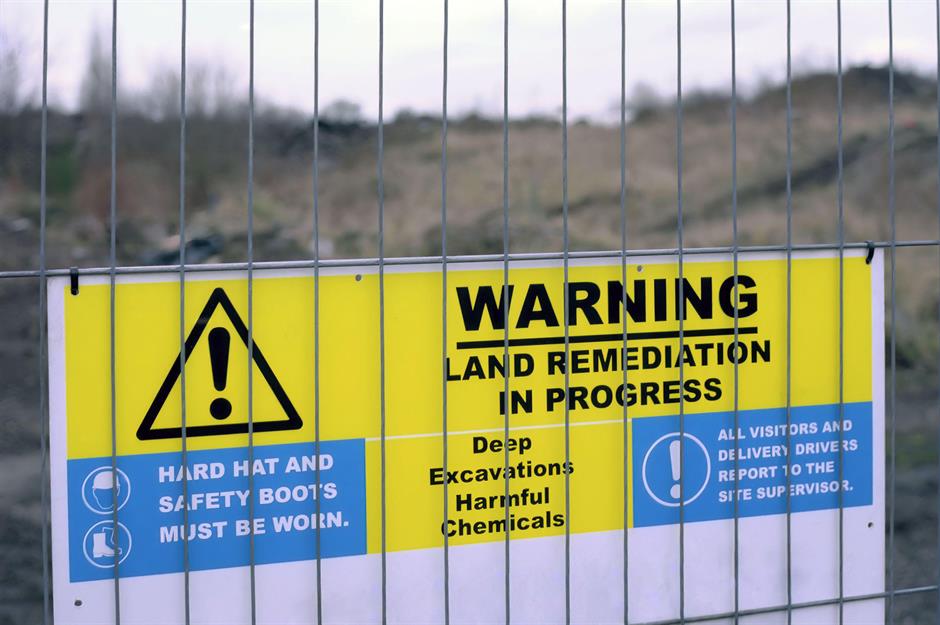
Environmental remediation is also covered by IIJA, with $21 billion going towards tackling legacy pollution.
This is the largest-ever investment of its kind, with the money being used to clean up toxic Superfund and brownfield sites, reclaim old mining land, and cap abandoned oil and gas wells, which blight a plethora of communities throughout America.
Other core infrastructure: $5 billion

An additional $5 billion is being spent on other core infrastructure projects.
Whether the $1.2 trillion package is quite large enough is up for debate. The ASCE put the 10-year investment gap at $2.59 trillion in 2021 and Biden's initial proposal of $2.3 trillion was closer to this figure.
Still, the funding injection is unprecedented and will go a long way towards safeguarding America's prosperity and wellbeing in the years to come.
Now find out which stores are closing their doors across America right now
Comments
Be the first to comment
Do you want to comment on this article? You need to be signed in for this feature